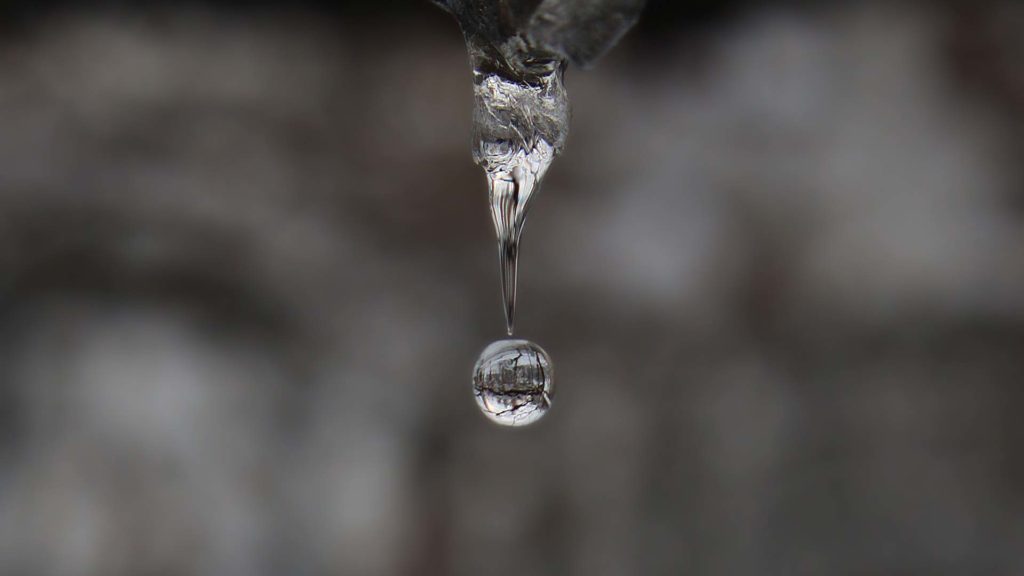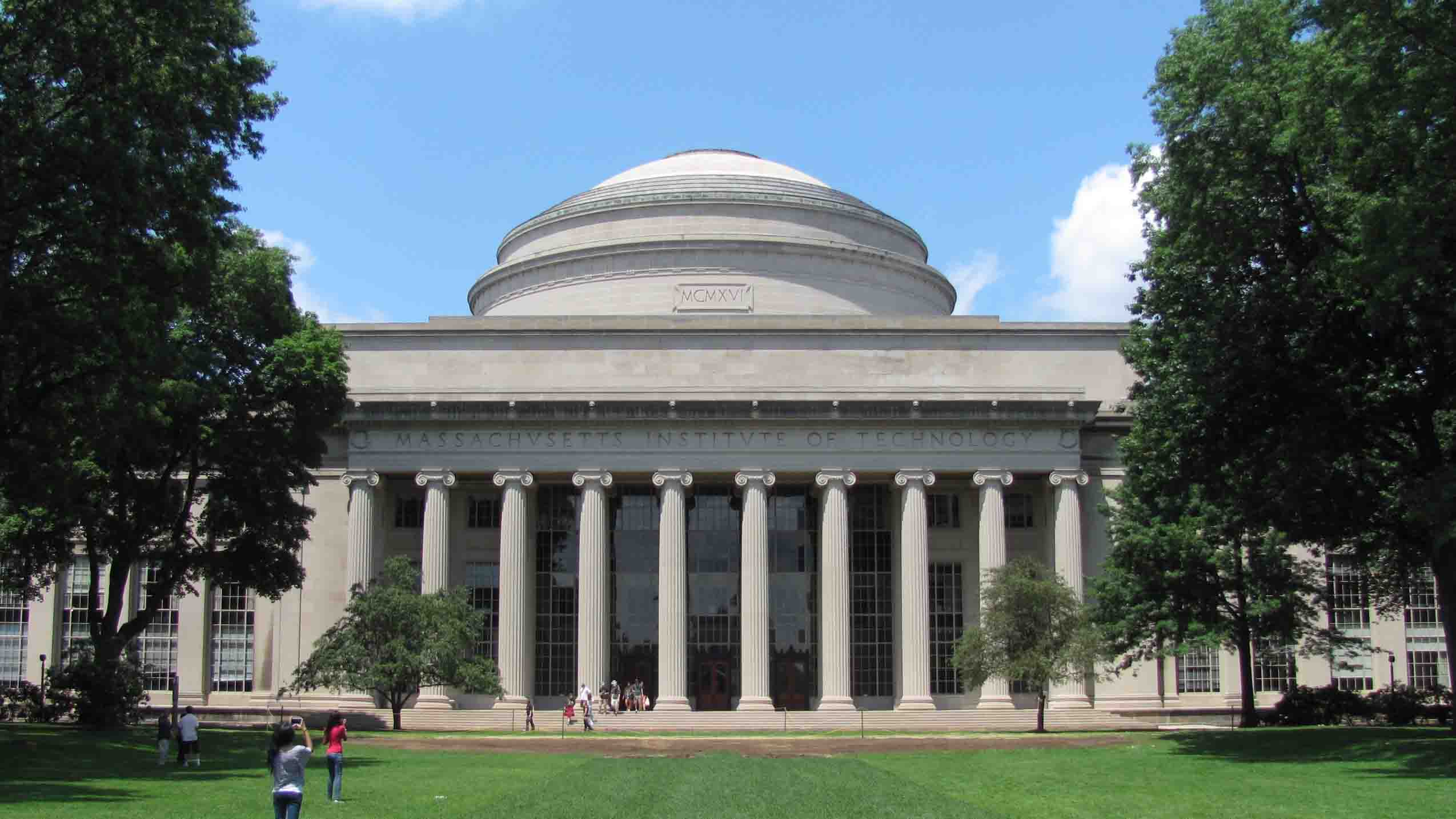Editor’s Note: This is part of a series of dispatches from the Knight Science Journalism Program’s 2021-22 Fellows.
In general, ecosystem science is a field science. Researchers go out into the world to gather samples, and to make observations about the dynamics of complicated systems. In a few, obscure, places around the planet, though, that relationship is flipped. Instead of observing the workings of nature, scientists try to recreate it – they become the architects and masters of their own, miniature worlds.
Perhaps the most famous of these projects was Biosphere 2, a man-made Earth ecosystem enclosed in a 3.2-acre glass and steel building in the middle of the desert. The building was tightly sealed from the planetary elements, since it was intended to be fully self-sufficient and regenerating. It contained six different kinds of ecosystems, including mangroves, a desert, a rainforest and a tiny ocean with a living coral reef. The facility, which now hosts visitors at the original campus outside of Tucson, Arizona, is verdant and thick with life; clutches of trees press against the glass ceiling and aromatic shrubs cover the rocky hillsides.
In contrast, most artificial ecosystems are compact and contained. The bulk of research in the field has been focused in space exploration. In order for astronauts to travel long distances from Earth, where resupply is impossible and any extra weight associated with bringing needed supplies is costly, they need life support systems that can regenerate. These systems have to also be as lightweight as possible, and they have to be subject to control and manipulation by the people who rely on them.
The most extreme of these is a project developed by the European Space Agency that has been operated for 30 years. Composed of a consortium of universities across Europe, the project has a pilot plant at a laboratory outside of Barcelona, where I travelled in April with support from an MIT Knight Science Journalism Project fellowship. I had read extensively about the plant, called Melissa (which stands for microecological life support system alternative), and started by a group of researchers led by Claude Chipaux who were inspired by lake ecology to create a closed system based on anoxic bacteria.
In order for astronauts to travel long distances from Earth, where resupply is impossible and any extra weight associated with bringing needed supplies is costly, they need life support systems that can regenerate.
Francesc Gòdia Casablancas, a chemical engineer at the Autonomous University of Barcelona, oversees the pilot plant. He met me on the university campus and we went to the cafeteria in his department to have a coffee and talk about the program. At three decades, it’s by far the longest operational bioregenerative life support system research project in the world – others, notably in Russia and China, are either defunct or still extremely new. The Melissa plant has taken a unique tact, focusing on incremental steps and decentralized research. “The idea was, what are the main functions in an ecological system on Earth? What do we need for a system to be self-sustainable in terms of organic waste degradation, biotransformation, oxygen production, CO2 capture, edible material production?” Casablancas told me. “What would be the simplest way to reproduce this magic?”
We walked through the long hallways of the university offices, passing the laboratories where researchers ambled by with trays full of beakers. The Melissa plant was down a side corridor, inside a few adjacent rooms. From the outside, it wasn’t much to look at – a tangle of steel vats and tubes, with an abundance of boxes and levers attached, it looked more like an oversized car engine than a lake. But as Casablancas began to explain the interplay between elements of the system, it began to seem like a new, different kind of magic. Like a miniature world, preparing for takeoff.
Jessica Camille Aguirre is a freelance magazine journalist whose writing on climate and extremes has appeared in The New York Times Magazine, Harper’s, Vanity Fair and n+1.





Leave a Reply